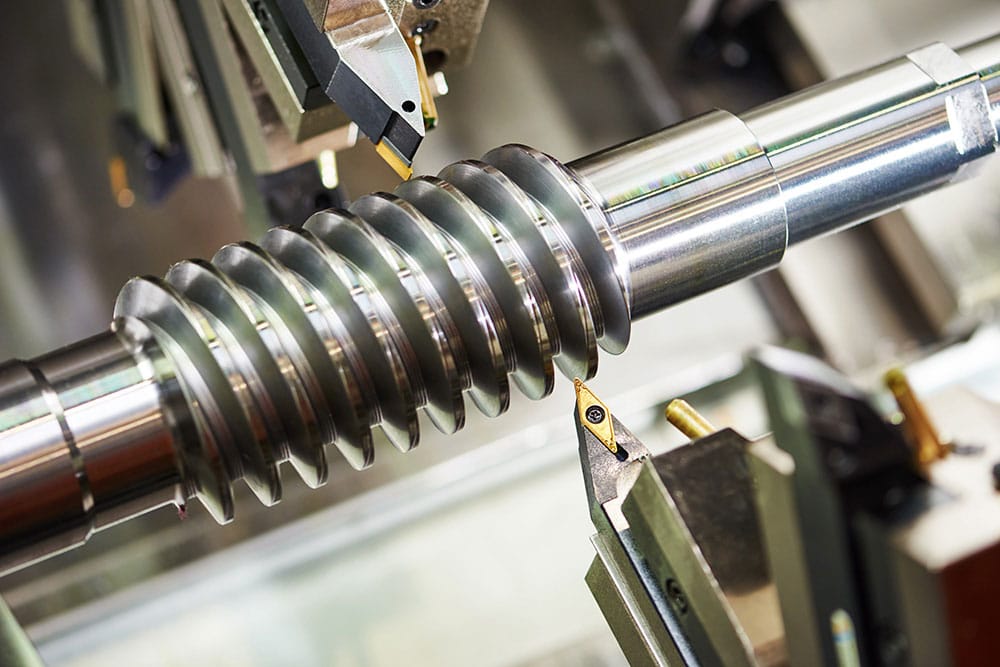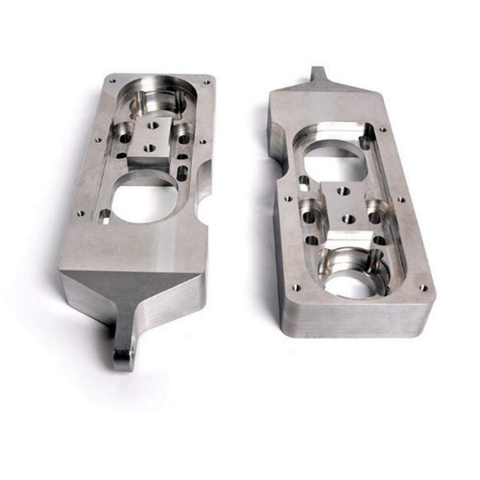What makes Precision aluminum casting the smart solution for metal parts manufacturing
Understanding the Importance of Aluminum Casting in Modern Manufacturing Processes
Light weight aluminum spreading has actually become an important part in contemporary production. Its long lasting and light-weight nature contributes considerably to various markets, from auto to electronic devices. Furthermore, improvements in casting methods enhance production performance and top quality. As makers seek innovative options, the function of aluminum spreading in sustainability comes to be significantly significant. This conversation will explore the complex importance of aluminum casting and its implications for the future of manufacturing. What lies ahead in this developing landscape?
The Advantages of Aluminum Spreading in Production
Aluminum casting offers many advantages that enhance its allure in contemporary manufacturing procedures. One significant advantage is its lightweight nature, which causes decreased energy intake and enhanced gas effectiveness in transportation applications. In addition, aluminum's excellent corrosion resistance extends the lifespan of actors products, making them extra long lasting in various atmospheres. The product likewise facilitates intricate geometries and elaborate styles, permitting suppliers to produce components that fulfill specific requirements.
On top of that, light weight aluminum casting boasts a relatively low melting point, which saves power throughout the manufacturing process. This feature likewise enables quick cycle times, enhancing overall performance. The recyclability of aluminum adds to sustainability initiatives, as recycled aluminum needs considerably much less energy to process compared to primary aluminum. Collectively, these benefits placement light weight aluminum casting as an essential technique in modern production, catering to the needs for performance, performance, and ecological responsibility.

Applications of Light Weight Aluminum Spreading Across Industries
While numerous materials are used in manufacturing, light weight aluminum casting has become an essential technique throughout numerous industries as a result of its adaptability and capability. This process is widely used in the auto sector for generating light-weight engine blocks, transmission instances, and various parts that improve fuel performance. In the aerospace industry, light weight aluminum spreading is vital for producing elaborate parts that need high strength-to-weight proportions, adding to enhanced airplane performance.
The electronics sector depends on light weight aluminum castings for heat sinks and real estates, where thermal administration is important for tool durability. The building industry also profits from aluminum spreading in the form of building components and structural components that incorporate visual charm with durability. Additionally, the durable goods industry makes use of light weight aluminum spreadings for kitchenware and sporting tools, leveraging the material's outstanding rust resistance and aesthetic finish. On the whole, light weight aluminum casting acts as a cornerstone in modern production, supporting diverse applications throughout different fields.
The Function of Light Weight Aluminum Casting in Sustainability
Sustainability has actually come to be a centerpiece in producing practices, and light weight aluminum spreading plays a crucial duty in advertising environmentally friendly options. The procedure of aluminum casting is inherently lasting as a result of the product's recyclability. Light weight aluminum can be reused multiple times without losing its residential properties, considerably reducing energy usage and resources needs. This recycling process consumes only around 5% of the power required for key light weight aluminum production, causing a noteworthy reduction in carbon emissions.
Aluminum casting promotes the production of lightweight parts, which contribute to power effectiveness in different applications, especially in the automobile and aerospace sectors - Precision aluminum casting. Lighter automobiles eat less fuel, further reducing environmental influence. In addition, advancements in casting methods are maximizing material usage, decreasing waste in manufacturing procedures. As markets look for to align with sustainability goals, light weight aluminum casting becomes a viable remedy, sustaining a round economy and promoting accountable manufacturing techniques
Technological Developments in Light Weight Aluminum Casting Techniques
As markets progress, the fostering of innovative modern technologies in light weight aluminum casting strategies has changed making processes. The assimilation of computer-aided layout (CAD) and computer-aided production (CAM) systems improves precision and performance, permitting for intricate geometries that were previously testing to generate. Advanced melting and casting methods, such as die casting and financial investment spreading, have actually enhanced the quality of light weight aluminum components, lessening flaws and minimizing waste. The intro of automated systems and robotics in casting procedures has streamlined operations and boosted productivity. These innovations also allow real-time tracking and information analytics, facilitating far better decision-making and top quality control. Additionally, the development of new alloys and warm treatment procedures has broadened the performance abilities of cast light weight aluminum items. Jointly, these technical developments not only enhance production effectiveness yet additionally contribute to the sustainability of light weight aluminum casting in modern-day manufacturing.
Future Trends in Aluminum Casting and Its Impact on Advancement
Emerging fads in aluminum spreading are poised to reshape the production landscape, driving technology across numerous fields. One substantial fad is the integration of innovative automation and robotics, which here boosts precision and performance in production procedures. Additionally, the increase of additive production techniques is enabling a lot more complex styles, lowering material waste and production time. As sustainability comes to be a priority, the sector's focus on recycling light weight aluminum and utilizing green practices is anticipated to expand, lining up with global ecological goals.
Furthermore, the advancement of wise casting technologies, including real-time surveillance and data analytics, is readied to improve top quality control and operational efficiency. These improvements will assist in the production of lighter, stronger, and a lot more durable aluminum elements, accommodating markets such as automobile and aerospace. Eventually, these trends will certainly not only optimize making procedures however likewise influence new applications of aluminum casting, fostering a society of innovation and flexibility on the market.
Often Asked Questions
What Is the Background of Light Weight Aluminum Casting in Manufacturing?

Exactly How Does Aluminum Spreading Compare to Various Other Steels?
Light weight aluminum casting deals benefits such as light-weight residential or commercial properties and deterioration resistance compared to various other steels. Aluminum Foundry. It enhances and assists in intricate forms power performance, making it a preferred choice in different manufacturing applications over much heavier choices like steel or iron
What Are the Typical Flaws in Aluminum Casting?
Common issues in light weight aluminum spreading include porosity, shrinking, misruns, and incorporations. These concerns can emerge from inappropriate putting techniques, insufficient mold design, or polluted materials, bring about diminished structural honesty and efficiency of the last item.
How Is the Top Quality of Aluminum Castings Tested?
The quality of light weight aluminum spreadings is evaluated through methods such as aesthetic evaluations, dimensional measurements, non-destructive testing methods, and mechanical building evaluations, making certain that they satisfy defined standards for performance and architectural honesty.

What Are the Precaution in Aluminum Spreading Processes?
Precaution in aluminum spreading processes include the use of personal safety devices, proper air flow systems, regular tools upkeep, training workers on dangers, and executing strict emergency situation methods to lessen risks connected with high temperature levels and molten metal.
The recyclability of light weight aluminum contributes to sustainability initiatives, as recycled aluminum requires considerably much less energy to process contrasted to key light weight aluminum. While various products are utilized in manufacturing, light weight aluminum casting has become a crucial approach throughout several industries due to its versatility and capability. Advanced melting and casting approaches, such as die casting and investment casting, have improved the high quality of aluminum components, lowering and lessening defects waste. Arising fads in light weight aluminum spreading are poised to reshape the production landscape, driving development across numerous fields. Light weight aluminum casting has progressed considering that the late 19th century, initially developing with the intro of light weight aluminum as a lightweight steel.